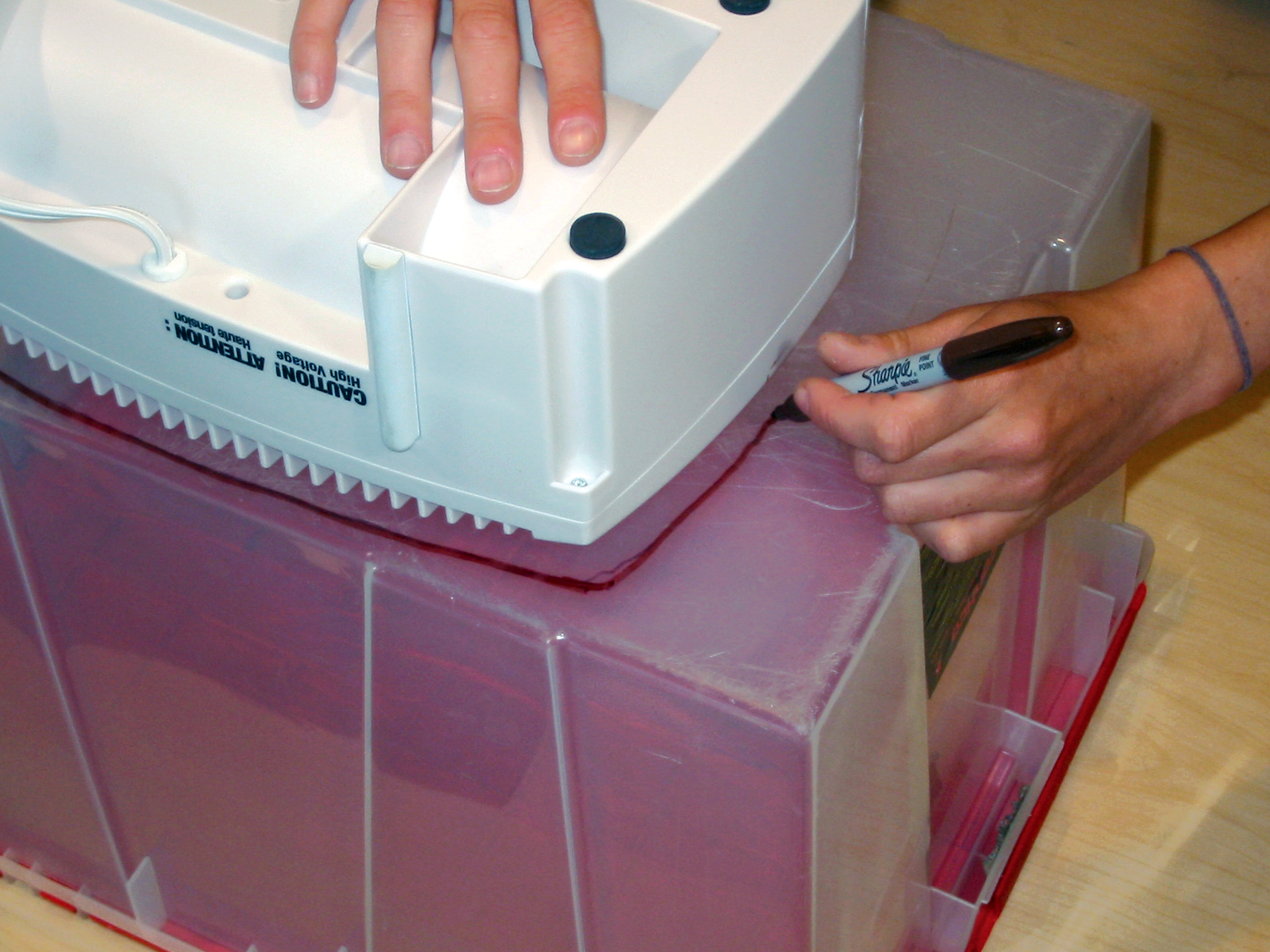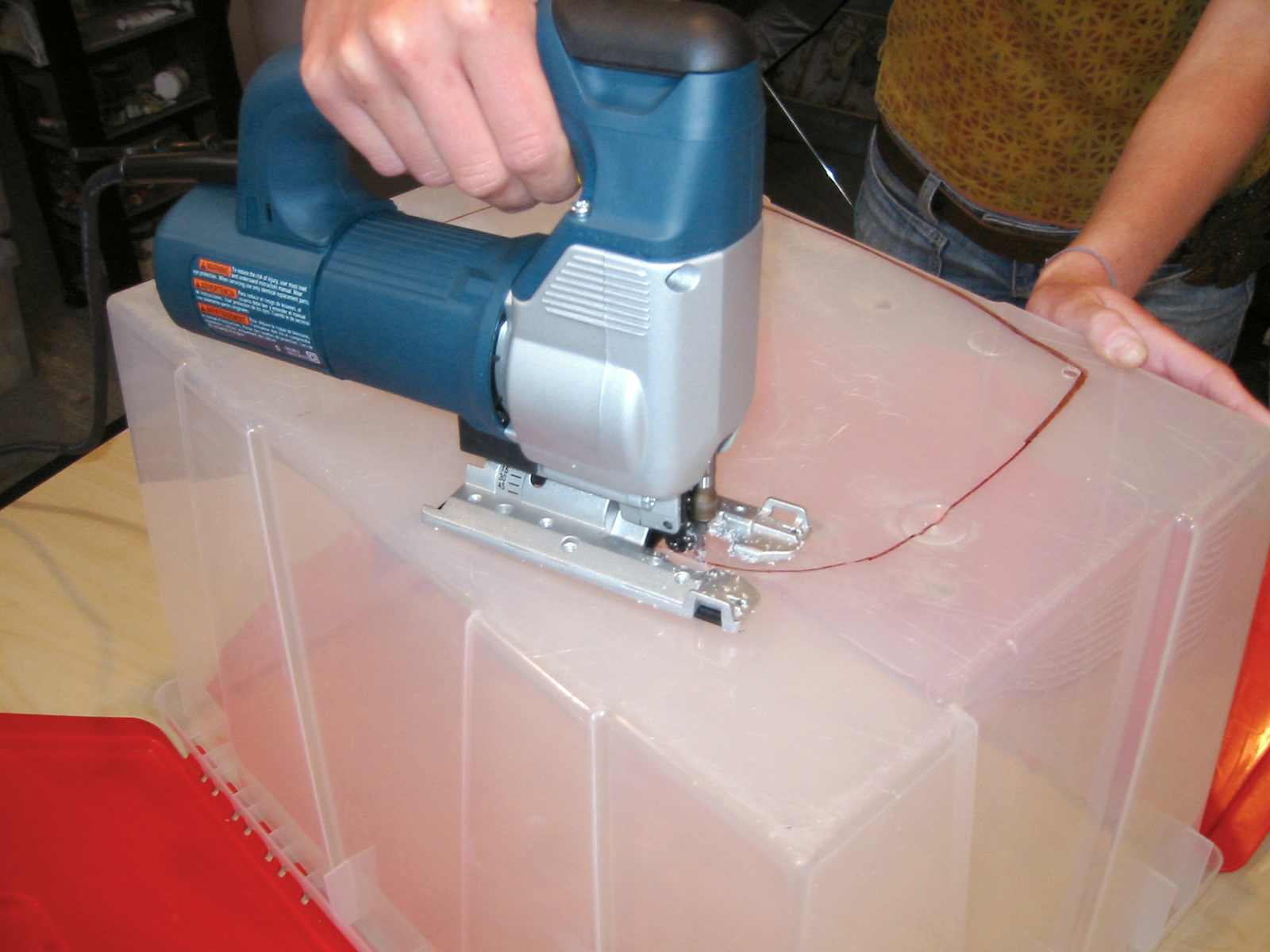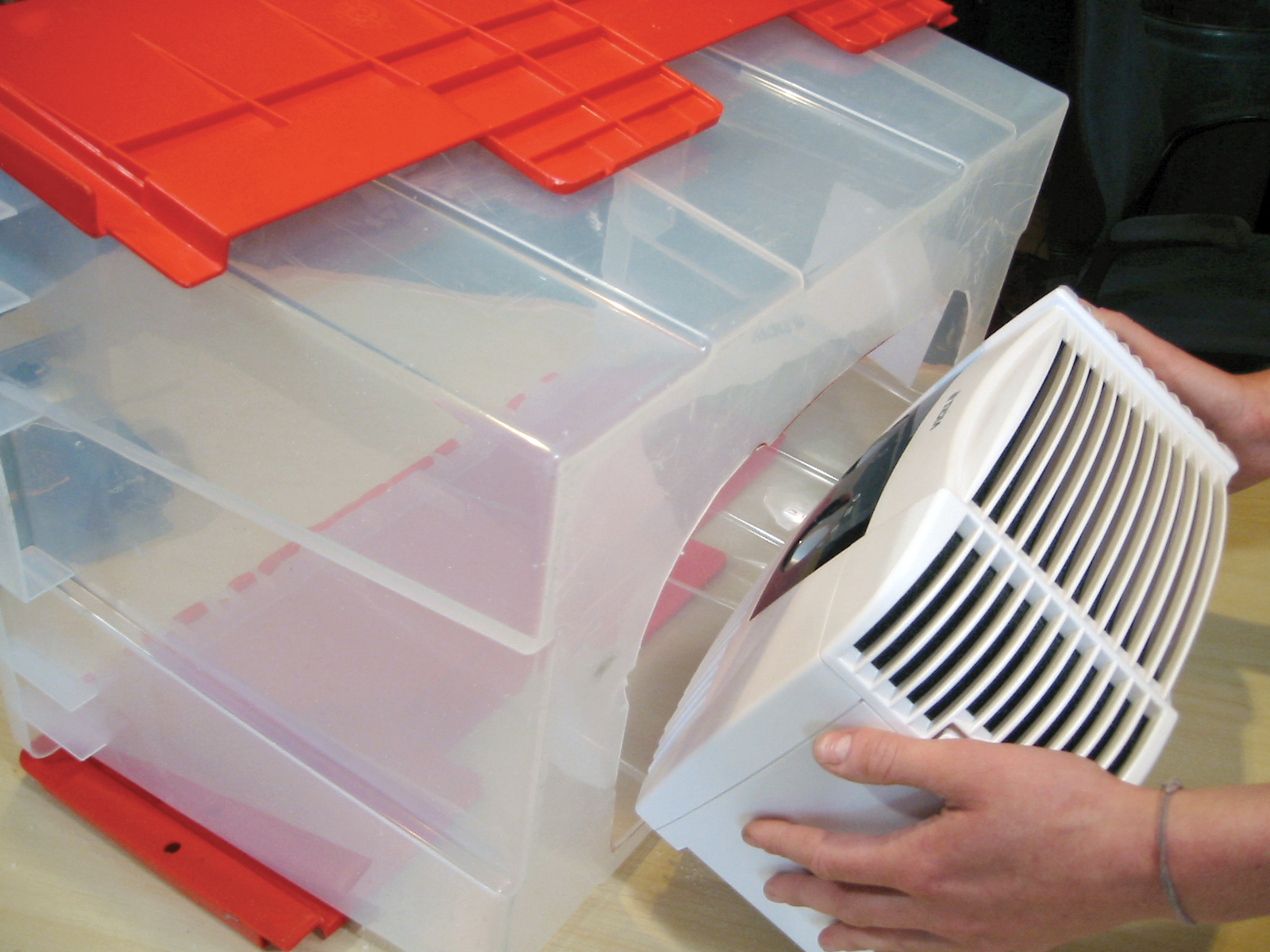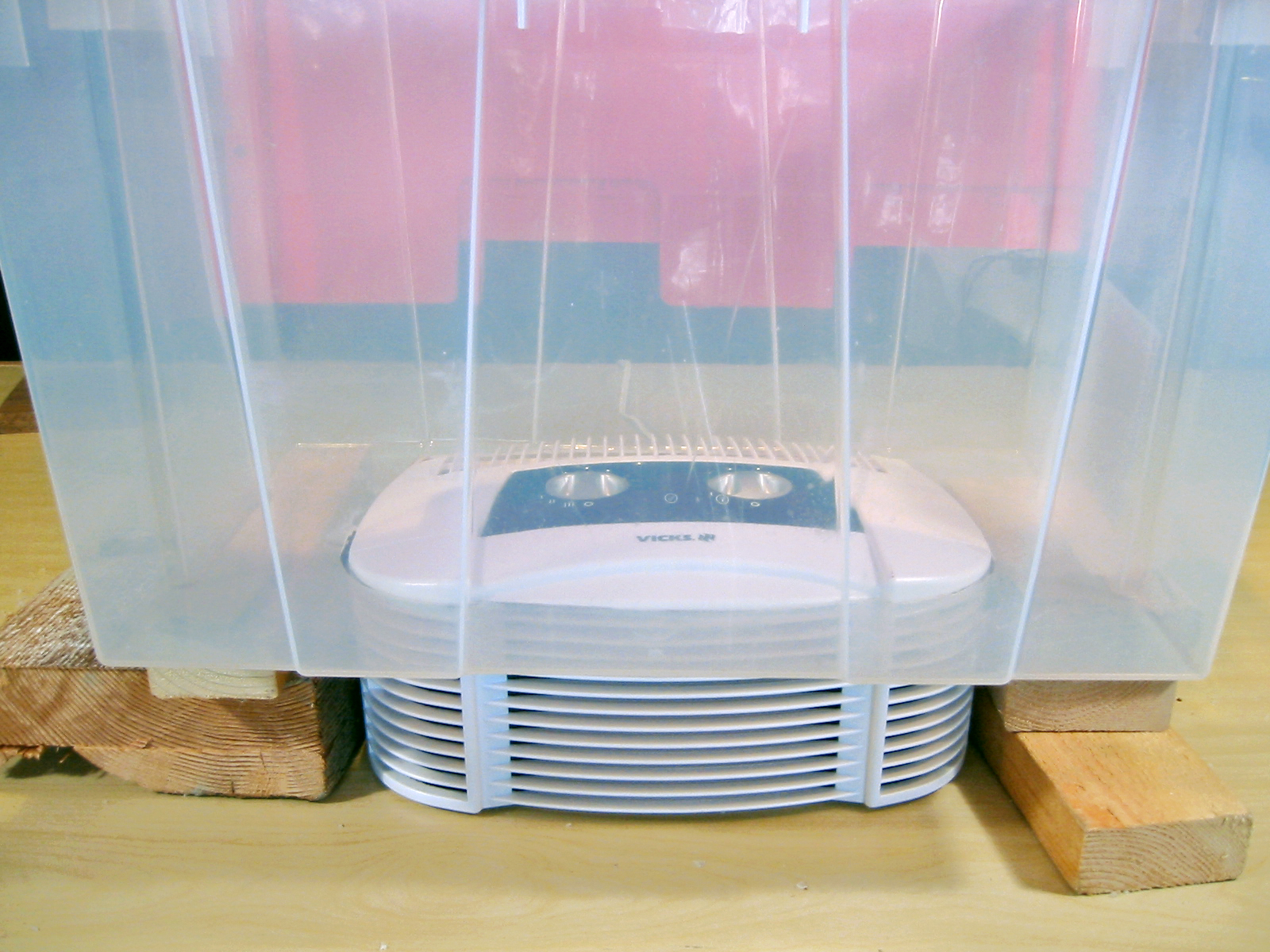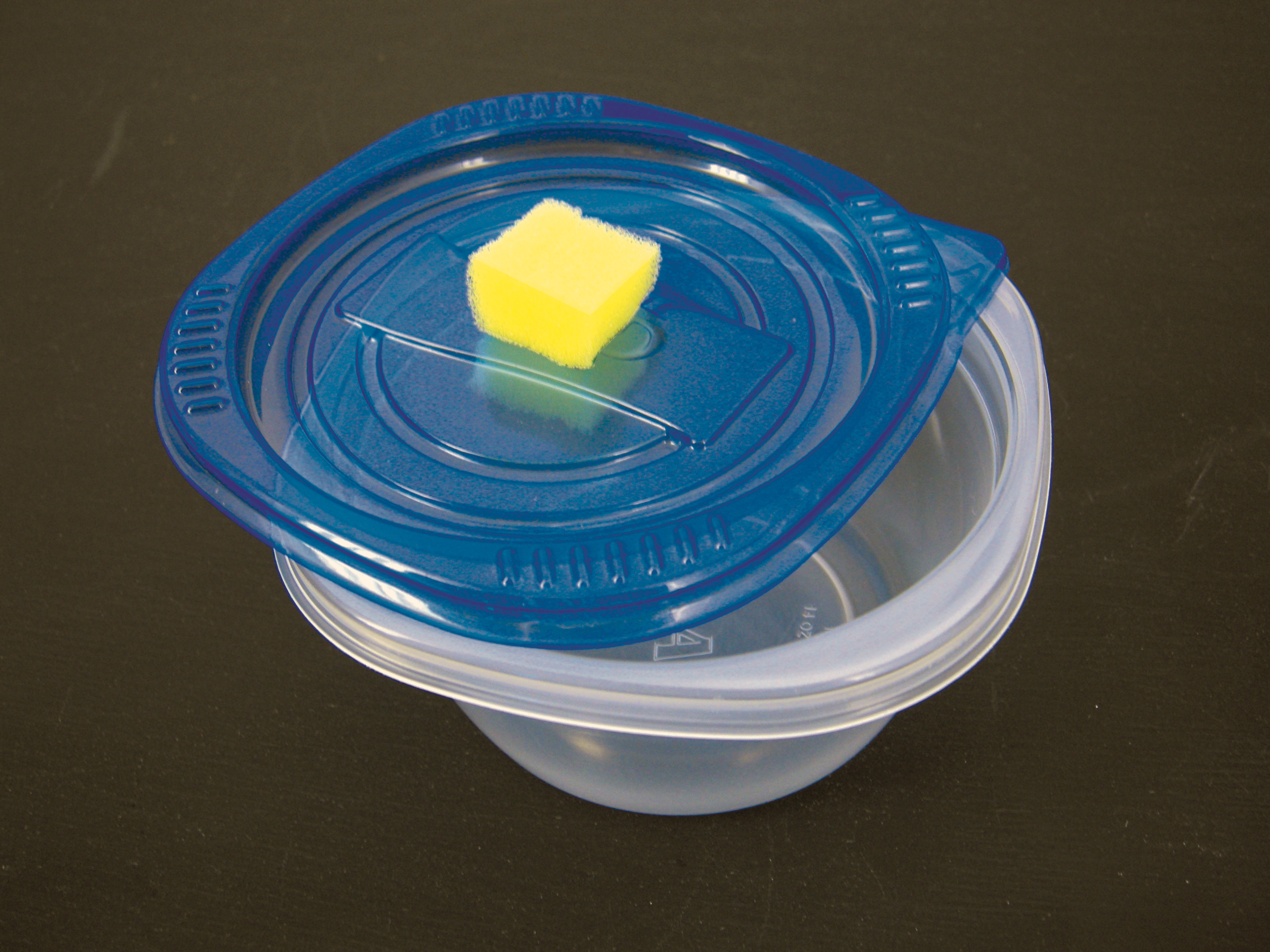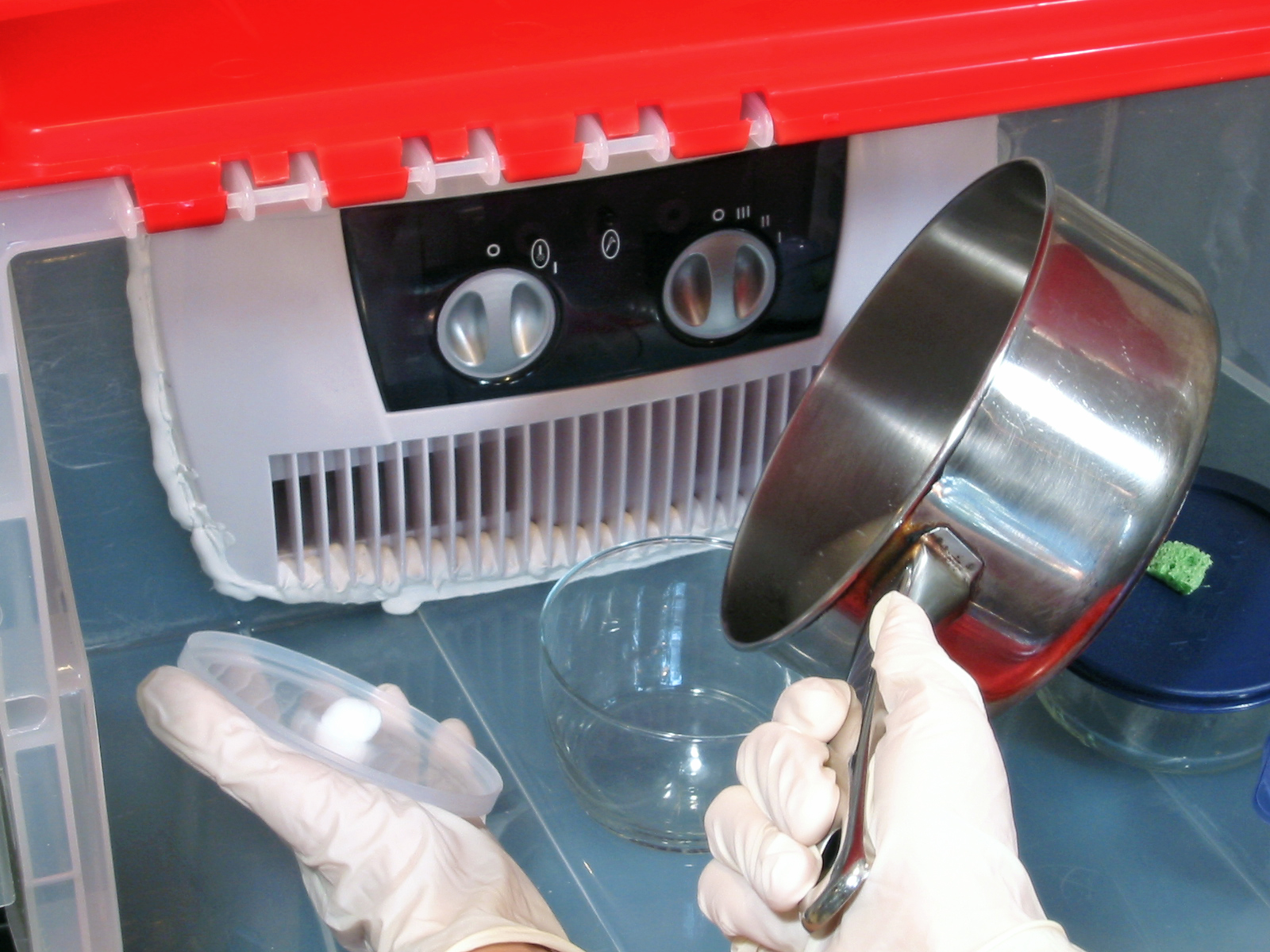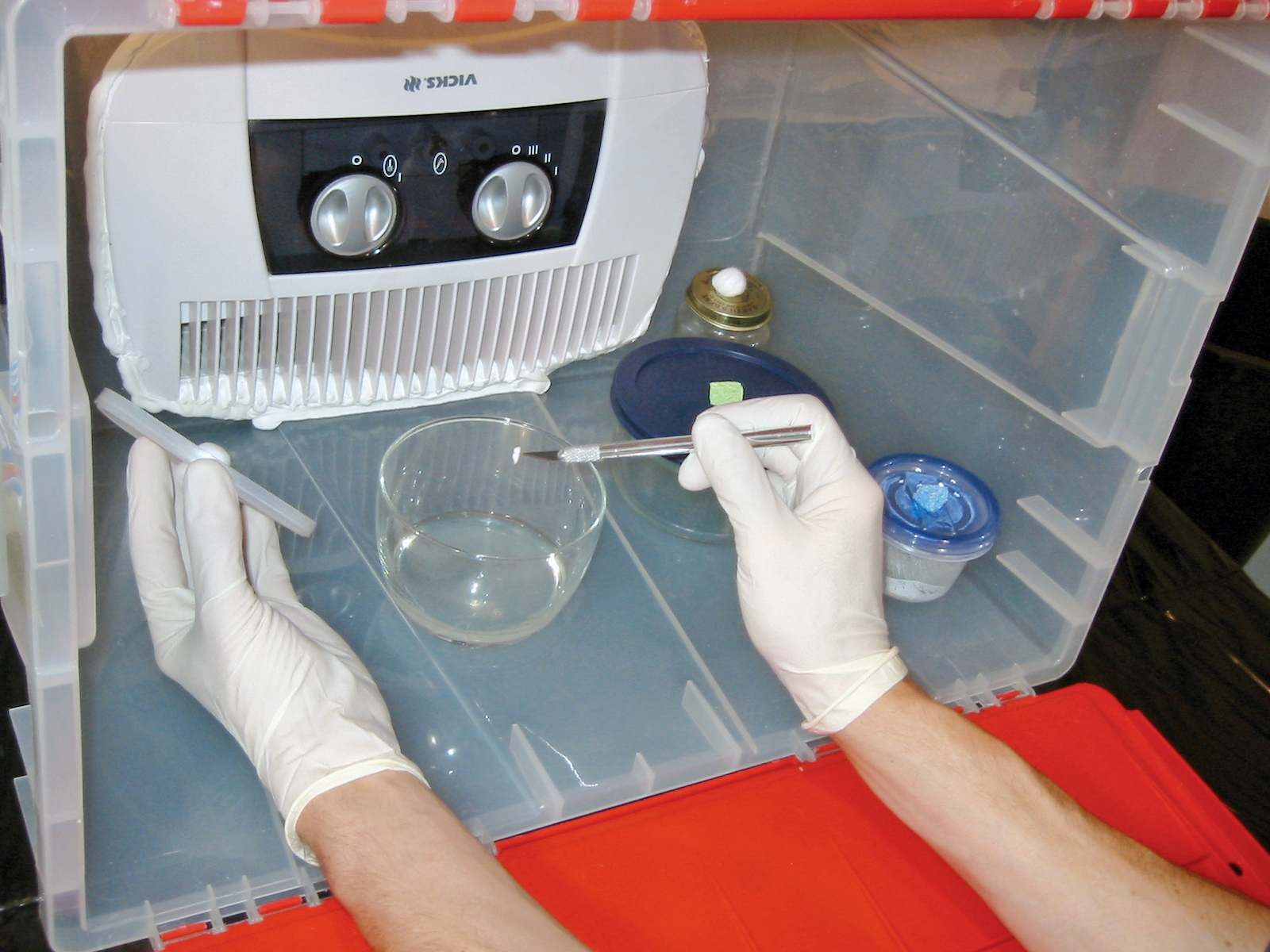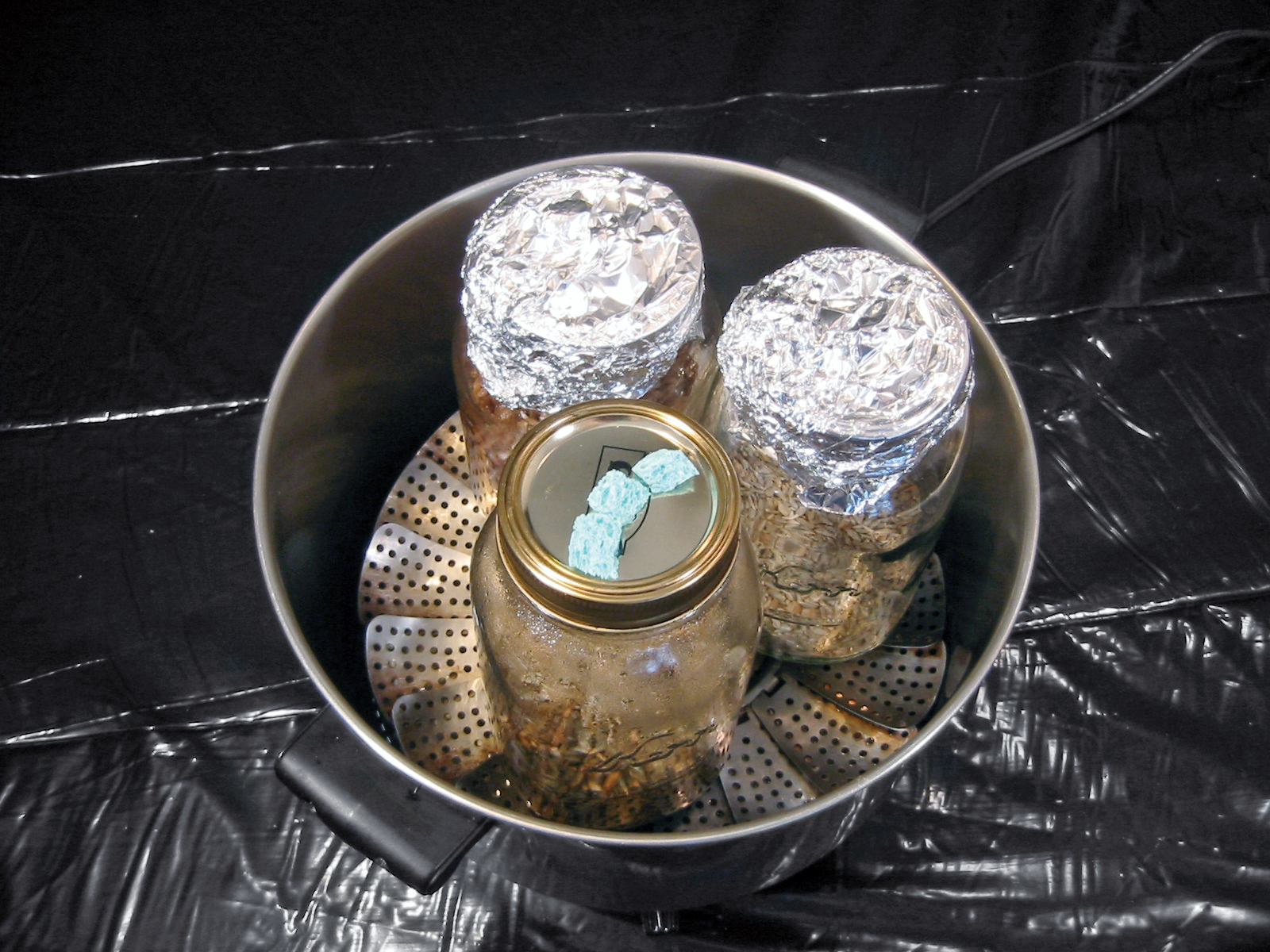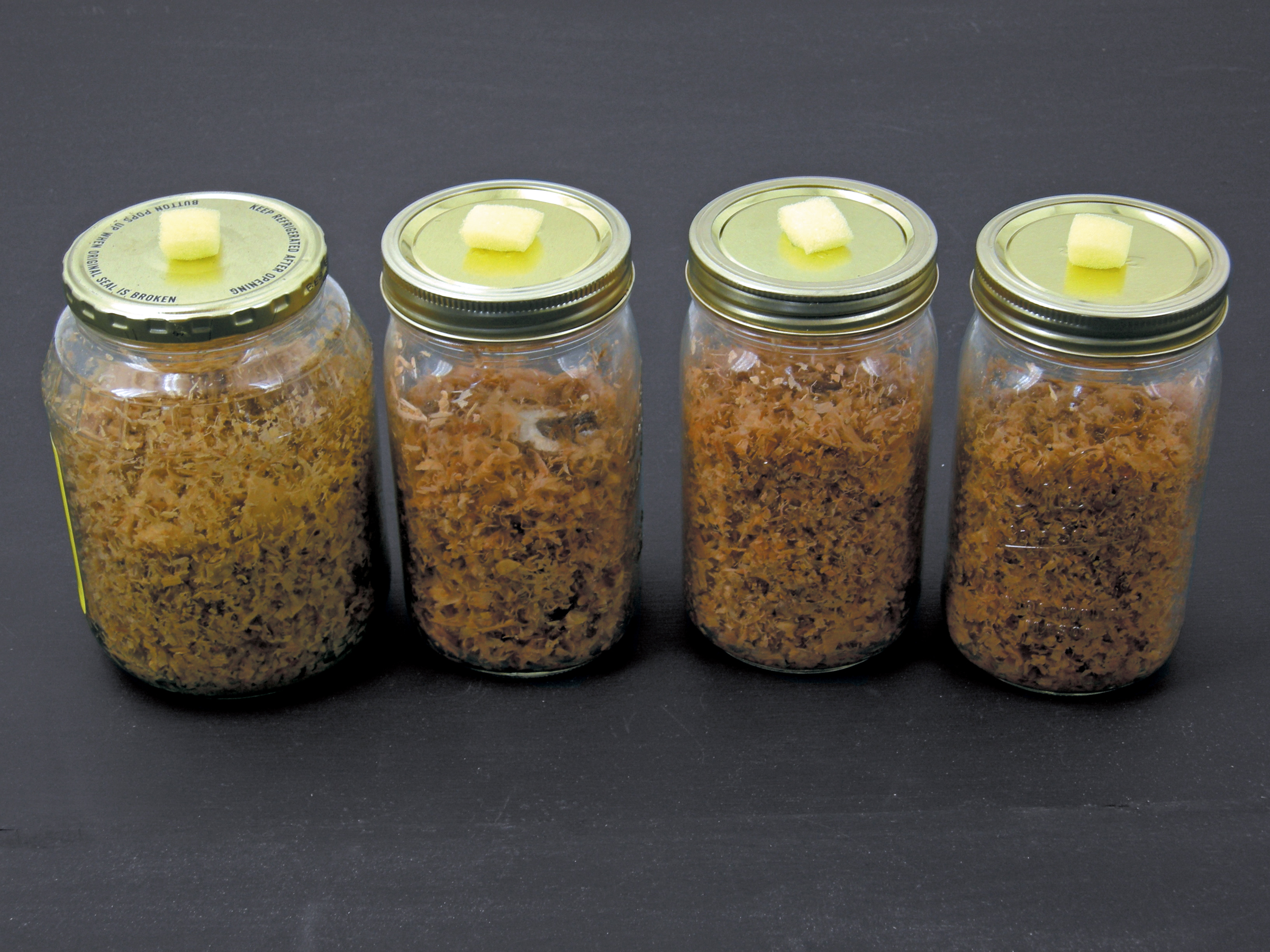Agriculturalists have long considered mushroom growing a challenge, largely because you need a space that’s as hygienic as a hospital or a chip-fab clean room. Laboratories create these spaces with a piece of benchtop equipment known as a laminar flow hood, but these are prohibitively expensive. This project explains how you can make your own “hood” out of a household air purifier and use basic kitchen techniques to culture and grow mushrooms.
The crucial component in the purifier is its High Efficiency Particulate Air (HEPA) filter. Originally developed for the Manhattan Project during World War II, these filters later became standard in hospital and computer manufacturing facilities. Now, cheap HEPA filters are built into vacuum cleaners and other mass-market consumer appliances, and their trickle-down availability lets amateur biologists run procedures that were previously reserved for large corporations, universities, and research institutions.
Mushroom Growing Tips
Clean the room and all of your equipment so that you could literally eat off of any surface.
» If there are cobwebs in the room, there are probably microorganism-carrying spiders and insects. Get rid of them or try another location.
» Choose a work area that’s isolated from open windows, drafts, plants, pets, and other people.
» Use dedicated equipment — things you’re not also using for cooking or other activities.
» Work on a smooth surface that can be bleached down. For a good smooth surface, you can tape down plastic sheeting or an opened garbage bag.
» Follow strict personal hygiene before doing any lab work: shower, brush your teeth, pull back long hair, and clip your nails. When washing your hands, scrub up to your elbows and rake your fingertips across a bar of soap to clean under the nails. After drying off, follow up with isopropyl alcohol. (Once you are familiar with culturing techniques, you can be a bit less orthodox about cleanliness.)
» Don’t touch anything unnecessary: your face, phone, doorknobs. Remove watches and jewelry.
» To supply nutrients, try adding a pinch of 20-20-20 plant food or crushed multivitamin into your cellulose, or put a piece of dry cat food into your agar.
» If any of your agar or mushrooms are contaminated with mold, discard them immediately. These will infect the other things you are trying to grow.
» Join a local mycological society. These are great places to learn about mushroom growing, as well as wild mushroom identification.
» Only eat mushrooms that you can identify confidently.



